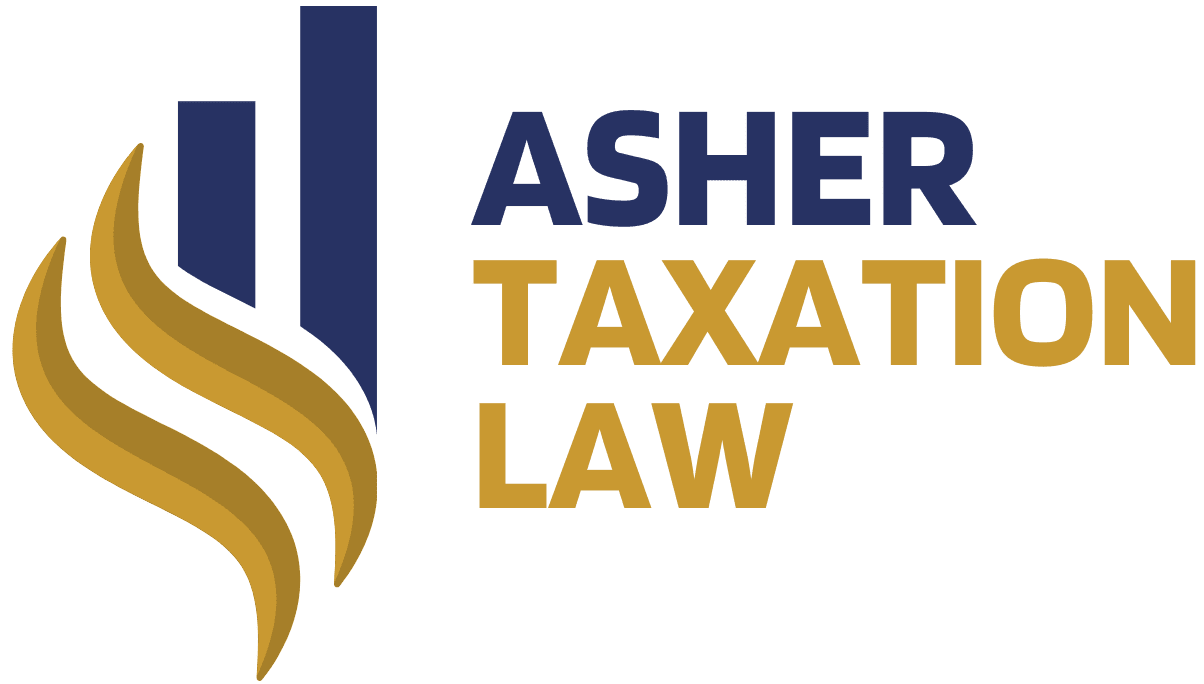A little history of U.S Taxation Law and how we got to where we are today

Posted On June 8, 2025
A little history of U.S Taxation Law and how we got to where we are today.
- How does the current Tax law affect you?
- How will the proposed Tax law affect you?
Feel free to contact Asher Taxation Law for further consultation or help.
History of U.S. Tax Law
The history of U.S. tax law is a complex and evolving story that reflects the nation’s growth, wars, economic shifts, and political priorities. Here's a concise timeline of the major milestones:
18th–19th Century: Early Taxation
- 1776–1789: Under the Articles of Confederation, the federal government had no power to tax; it relied on state contributions.
- 1789: The U.S. Constitution gave Congress the power to levy taxes.
- 1791: The first federal taxes included excise taxes on goods like whiskey (leading to the Whiskey Rebellion in 1794).
- 19th Century: Revenue came mainly from tariffs and excise taxes. There was no federal income tax.
Civil War Era
- 1861: The first federal income tax was introduced to fund the Civil War, with rates from 3% to 10%.
- 1872: The income tax was repealed after the war ended.
20th Century: The Rise of the Modern Income Tax
- 1894: A new income tax law was passed but struck down in 1895 by the Supreme Court (Pollock v. Farmers’ Loan & Trust Co.), which ruled it unconstitutional.
- 1913: The 16th Amendment was ratified, explicitly allowing Congress to tax income without apportionment among states.
- 1913: The modern federal income tax system began, with a top rate of 7% on incomes over $500,000.
World Wars and the Expansion of Taxation
- World War I (1917–1918): Top rates rose to over 70% to finance the war.
- World War II: The tax base expanded massively. In 1943, withholding from paychecks was introduced.
- Post-WWII: The Internal Revenue Code of 1954 codified and organized tax laws.
Late 20th Century: Reform and Complexity
- 1960s–1970s: Tax brackets expanded; alternative minimum tax (AMT) was introduced in 1969.
- 1981: Reagan's Economic Recovery Tax Act cut top rates and provided accelerated depreciation.
- 1986: The Tax Reform Act of 1986 under Reagan was a major overhaul — lowered top individual rate from 50% to 28%, broadened the base, closed loopholes.
21st Century: Continued Adjustments
- 2001 & 2003: Bush tax cuts reduced rates and taxes on dividends and capital gains.
- 2010: Obama extended Bush-era cuts for most, added new taxes under the Affordable Care Act.
- 2017: The Tax Cuts and Jobs Act (TCJA) under Trump:
- Cut corporate tax rate from 35% to 21%.
- Lowered individual rates.
- Increased standard deduction, limited SALT deduction.
- Created the Qualified Business Income (QBI) deduction for pass-through entities.
Recent Developments
- 2021–2023: Biden administration focused on IRS funding (Inflation Reduction Act), global corporate tax reforms, and proposals to increase taxes on corporations and high earners.
- Ongoing debates include digital taxation, wealth taxes, and reform of capital gains and corporate structures.
Contact Us
Give us a call
Office location
Send us an email
Take the First Step Toward Smarter Tax Solutions
Fill out the form below and our experienced team will be in touch promptly to help you navigate and resolve your tax concerns with confidence
